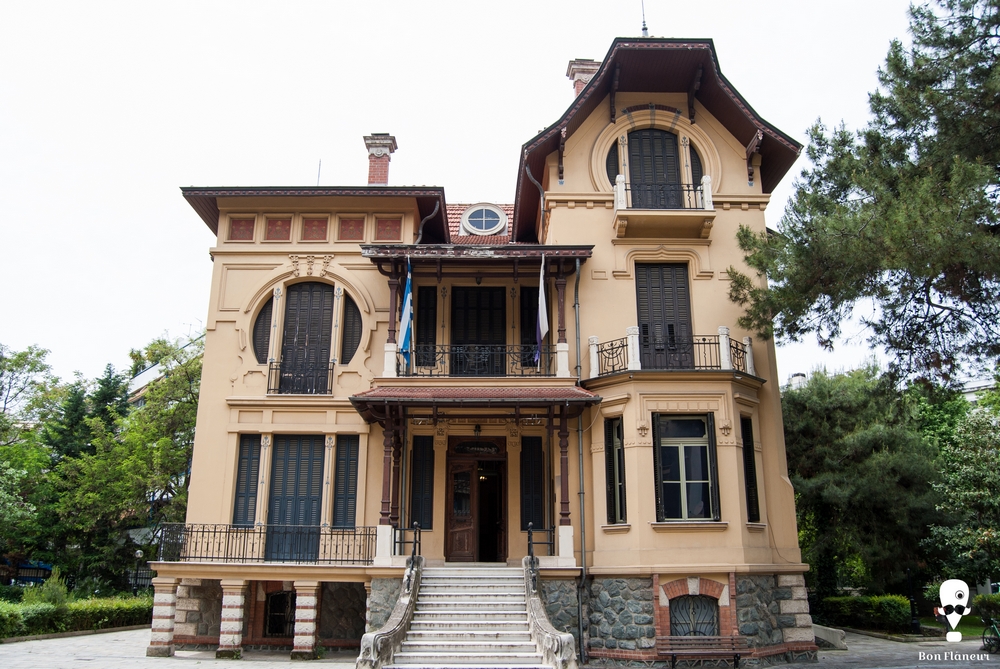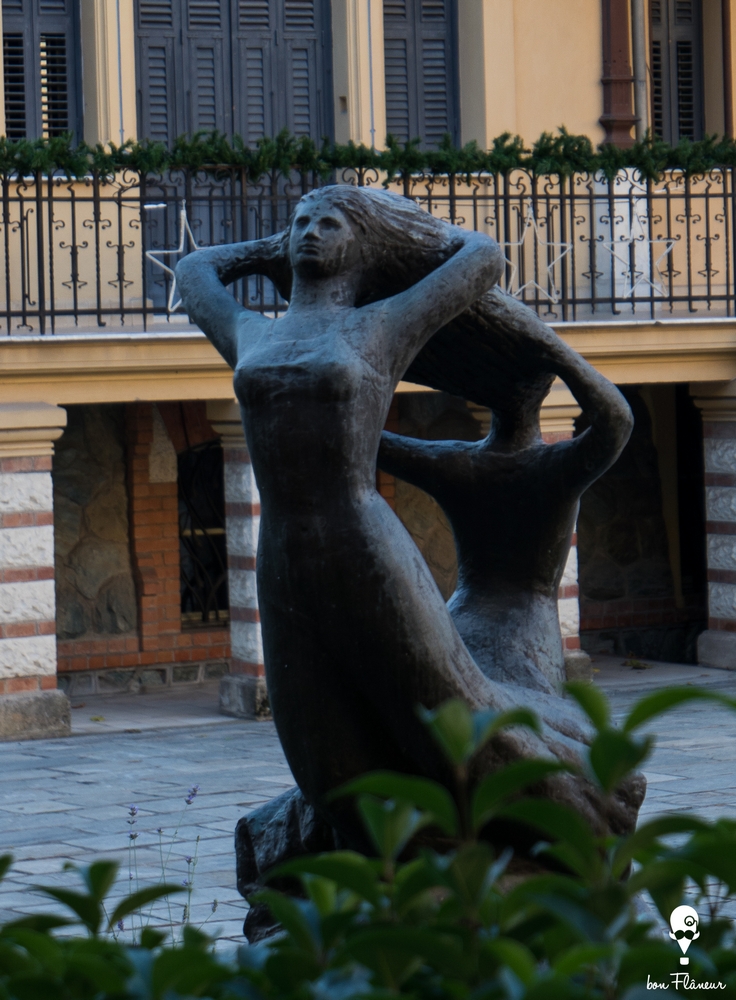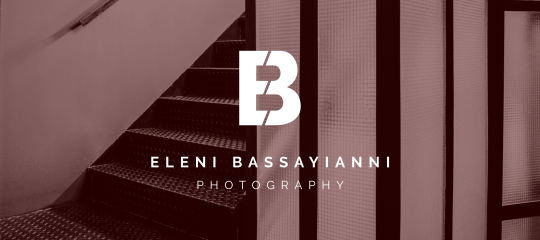Municipal Gallery (Casa Bianca)
Casa Bianca is a building of eclectic style, designed by architect Pietro Arrigoni, who combined elements of Renaissance with Art Nouveau and the traditional architecture of central Europe.
Location
Timeline
Modern and Contemporary era (1912 - )
1911 Construction begins. Completed the following year.
1964 It housed a school and a kindergarten until 1967.
1966 The Gallery was founded as an institution. From 1986 until 2013, it was housed in the Mordoch Villa.
2013 The Gallery is moved to Casa Bianca.






Share